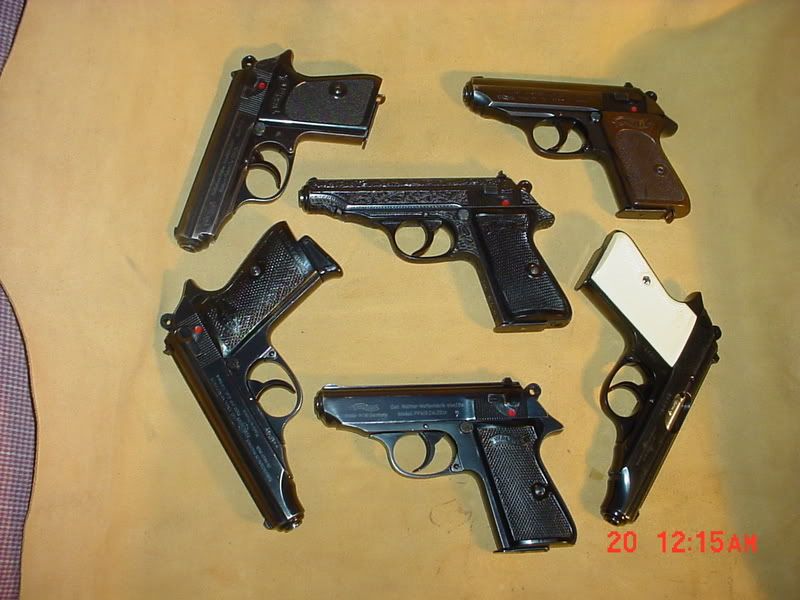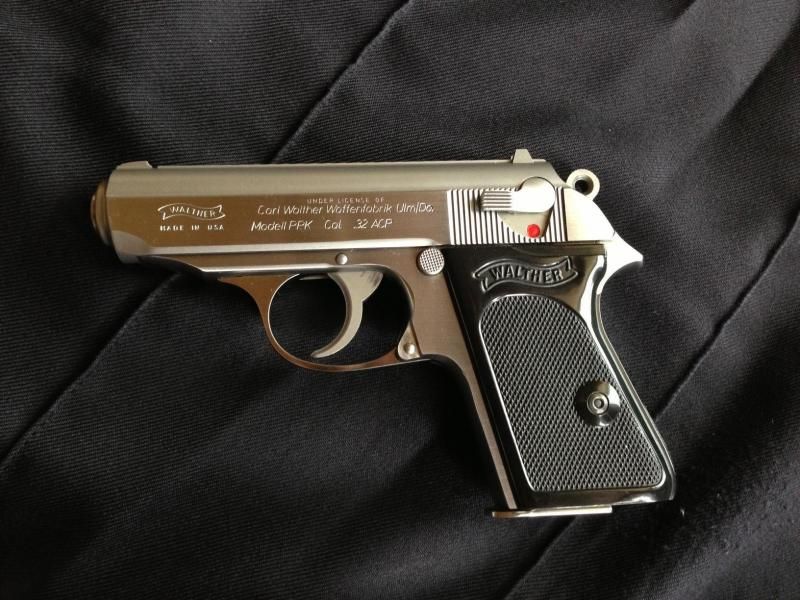Ignition Override
New member
It's been months since I read evaluations of them as competitors. I'm well aware of factory recalls for many recent S&W versions.
With a nice Sig 232 as my first carry handgun, trying to exclde the size difference, what are basic pros and cons of other features between the 232 and the better post-war (French "Made In Ger.", Interarms etc) PPKs in .380?
If jhps don't feed so well in some PPKs, it is Not a concern.
Plan to attend the National Arms Show in Atlanta Feb 28 to possibly look for thee. Have you attended one of these shows?
With a nice Sig 232 as my first carry handgun, trying to exclde the size difference, what are basic pros and cons of other features between the 232 and the better post-war (French "Made In Ger.", Interarms etc) PPKs in .380?
If jhps don't feed so well in some PPKs, it is Not a concern.
Plan to attend the National Arms Show in Atlanta Feb 28 to possibly look for thee. Have you attended one of these shows?
Last edited:



